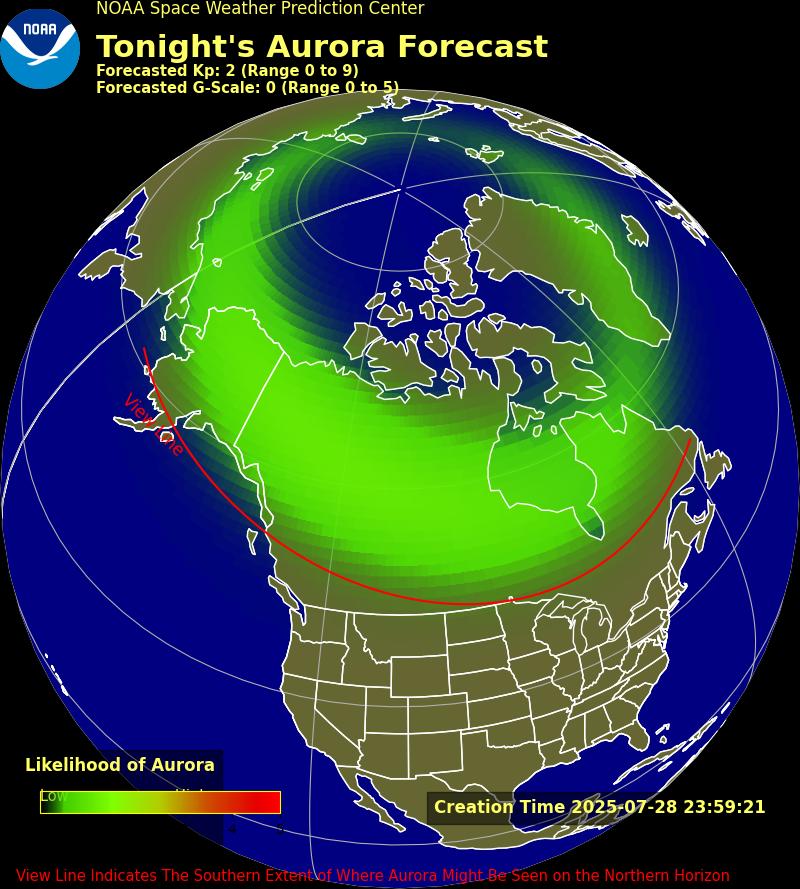Many competing oscilloscopes can collect only a few thousand samples, the PicoScope 3000 series can collect up to one million.
On this page we explain the main benefits of large buffer memories.
1. Zoom
A large buffer memory allows complex signals to be captured in great detail over long periods of time. The zoom functions can the be used to examine the signals in great detail to examine any areas of interest.
Figure 1 below shows 50 ms of a video signal (approx 2.5 frames) captured using the full 1 million sample buffer. When you zoom in by a factor of 100 (without recapturing the data) the detail of each individual line in the video signal becomes visible (Figure 2).
Increase the zoom again to 2000 times and you can see the detail of the colour burst signal, as seen in Figure 3.
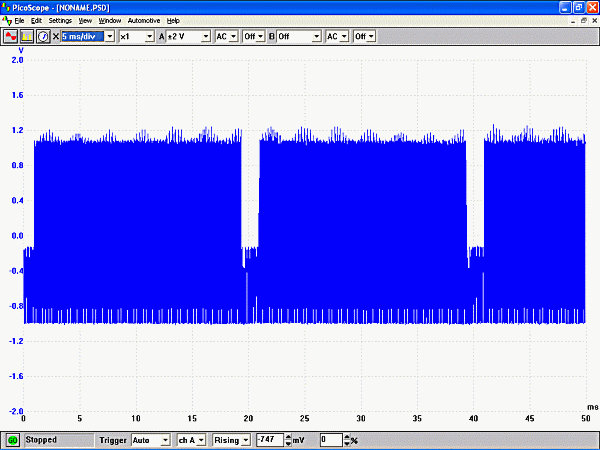
Figure 1: Video signal - zoom x1
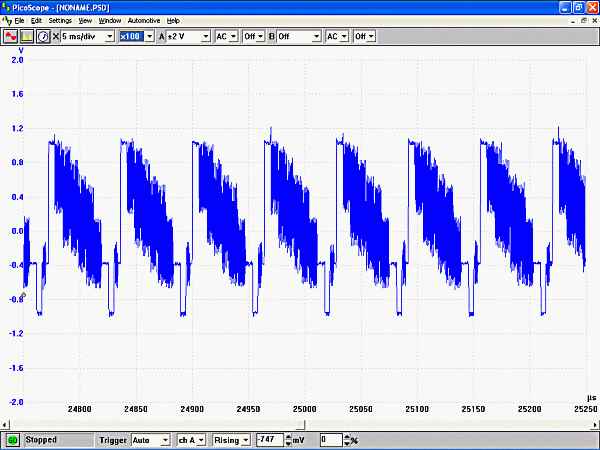
Figure 2: Video signal - zoom x100
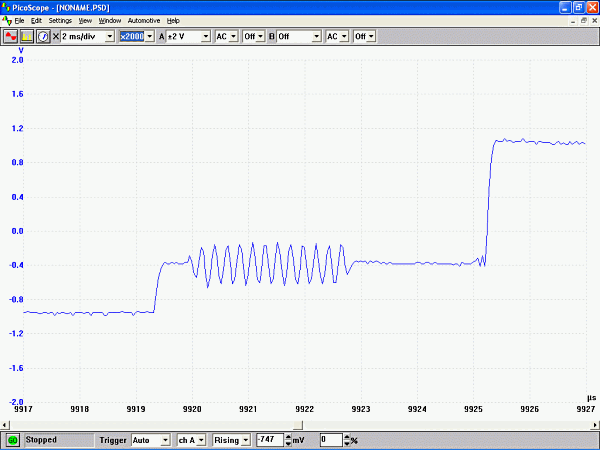
Figure 3: Video signal - zoom x2000
2. Sampling rate VS memory depth
All digital oscilloscopes store data in a waveform buffer. At high sampling rates this buffer memory is quickly filled, the only way the oscilloscope can collect data for long periods of time is by turning down the sampling rate. The net effect is that an oscilloscope with a high sampling rate and small buffer memory (say 1 GS/s and 2500 samples) can only collect at the quoted sampling rate for the top few timebases. For example, at a timebase of 500 µs/div, due to the 2500 sample buffer the 1 GS/s scope will be sampling at 500 KS/s whilst the PicoScope 3206 with its 1 million sample memory will still be sampling at 200 MS/s. The "1 GS/s" oscilloscope is sampling 400 times slower than the 200 MS/s oscilloscope.
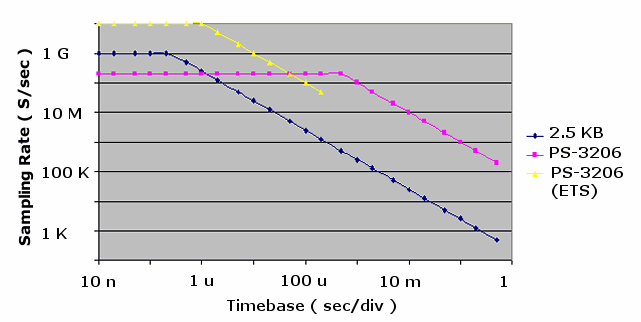
Figure 4: The effect of memory depth on sampling rate
In the above example, the PicoScope 3206 will sample faster than the 1 GS/s oscilloscope at all time bases longer than 1 µs/div, above this it is limited to 200 MS/s for single shot signals. For repetitive signals however you can use the ETS (equivalent time sampling) mode to boost the sampling rate to a staggering 10 GS/s.
In conclusion maximum sampling rate and memory depth are closely related and both must be considered when purchasing an oscilloscope.
3. Oversampling and noise reduction
When viewing noisy signals, the combination of a high sampling rate and large buffer memory can be used to over sample by sampling at a faster rate and recording more data that would normally be required to display a waveform. Using the PicoScope oscilloscope software this excess data can then be filtered to increase the resolution of the signal and remove random high frequency noise.
Over sampling can also be used with the spectrum analyser, by effectively increasing the resolution of the acquired data, the spectrum analyzer's dynamic range is increased.
The two screenshots below show the effects of over sampling. In the oscilloscope view 500,000 points were collected and then displayed using one of the filtered display modes. The effect is to remove high frequency noise and increase the effective resolution of the signal from 8 to 12 bits.
The spectrum view shows the same signal with and without 16x over sampling. The effect of the over sampling is to lower the noise floor revealing hidden harmonics in the measured signals.

Figure 5: Noise is visible before filtering
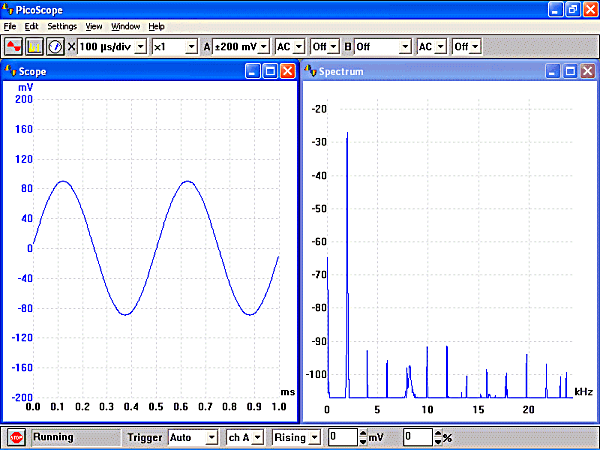
Figure 6: Noise is reduced by oversampling and filtering
4. High speed data acquisition
In addition to its use as an oscilloscope / spectrum analyzer the PicoScope 3000 series oscilloscopes are also supplied with PicoLog data logging software. This allows full control over the memory use and sampling rate turning the product into a versatile high speed data acquisition device.
Read the oscilloscope tutorial for more information on what to look for when choosing an oscilloscope.









